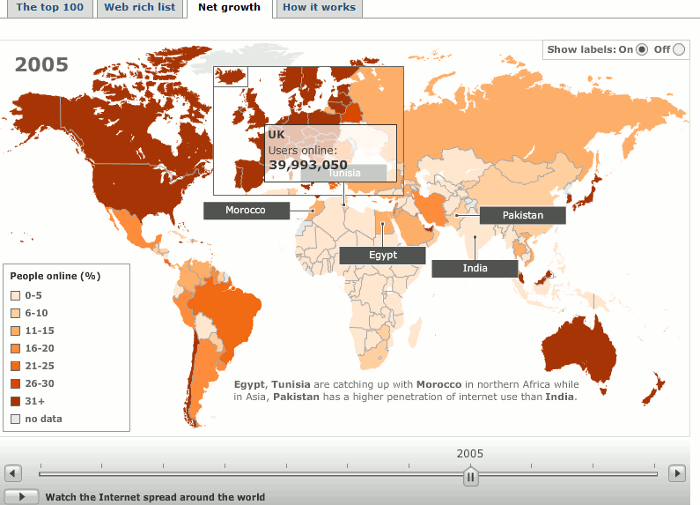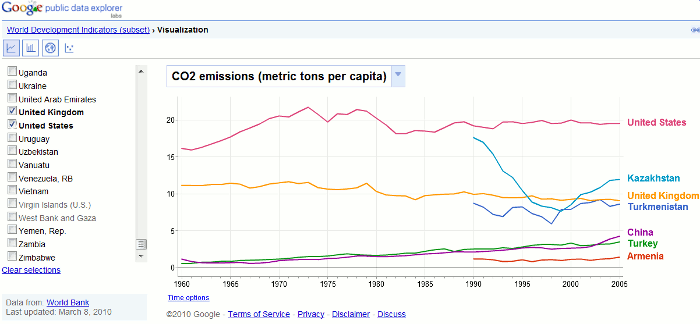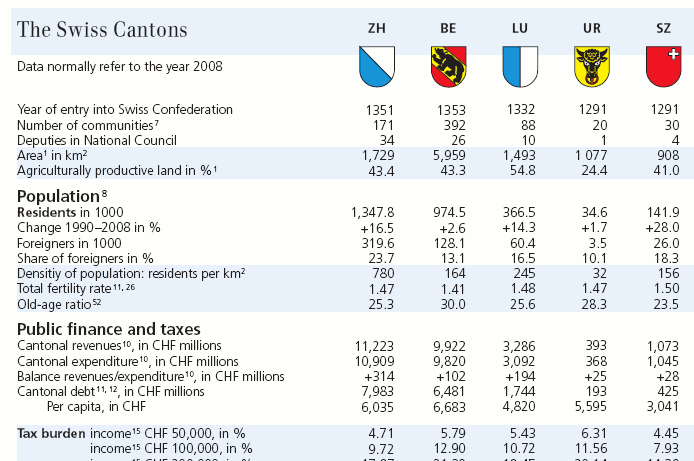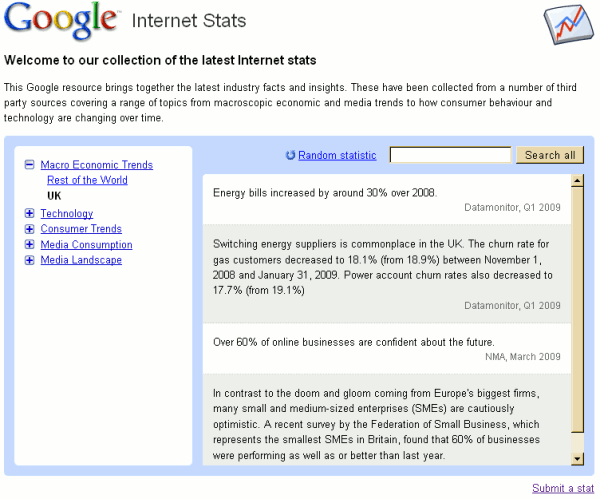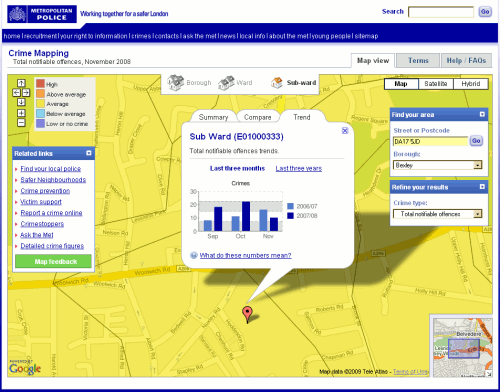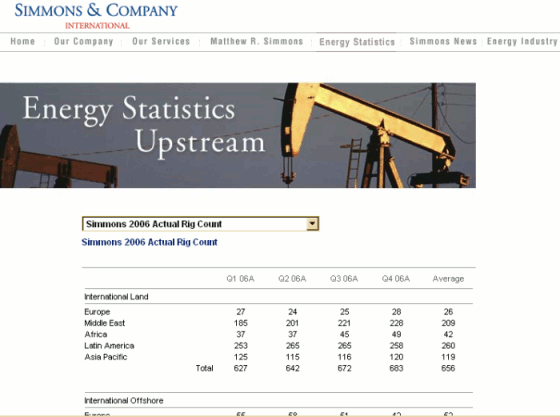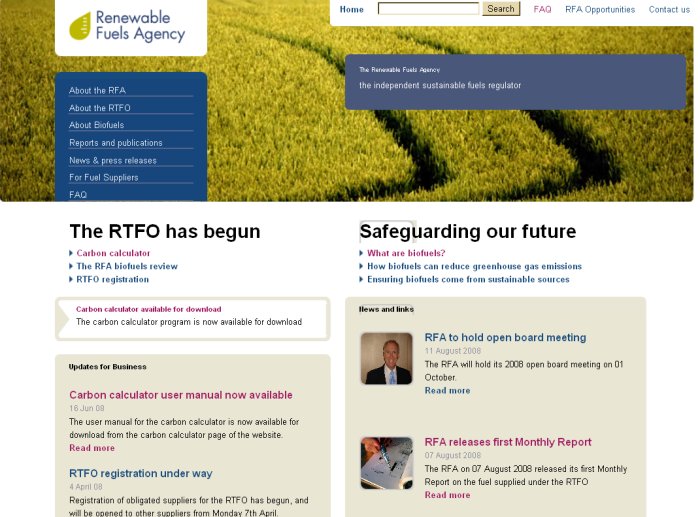For those of us with friends and families stranded away from home because of “that volcano” in Iceland, and those who had been planning to travel through Europe in the next few days, volcano watching has become a way of life. There is a myriad of resources providing information on volcanoes in general, the progress of ash clouds, and links to live volcano web cams including Eyjafjallajökull – the current villain of the piece.
Let’s start with the web cams. Volcano Web Cams – John Seach http://www.volcanolive.com/volcanocams.html has links to some of them including Eyjafjallajökull (http://eldgos.mila.is/eyjafjallajokull-fra-valahnjuk/). At the time of writing, though, the servers linking the three web cams covering Iceland’s bête noire to the rest of the world appear to have been overloaded with traffic and are rejecting connections. A list of US volcano web cams is on the US Geological Survey web site at Volcano Hazards Program Webcams http://volcanoes.usgs.gov/images/webcams.php. For volcanoes elsewhere, Volcano WebCams around the Pacific Ring of Fire and Beyond is at http://www.skimountaineer.com/ROF/VolcanoWebCams.php.
General information and data on US volcanoes is available via the USGS at http://volcanoes.usgs.gov/vhp/observatories.php. If you are worried about supervolcano Jellystone – sorry, Yellowstone – going up, that has its own observatory at http://volcanoes.usgs.gov/yvo. For volcanoes worldwide there is a comprehensive list at the Smithsonian Institution Global Volcanism Program (http://www.volcano.si.edu/) that you can download in Excel format. The list is is also available on the Guardian datablog at “Volcanic ash: how do you spot the next volcano to disrupt flights?” http://www.guardian.co.uk/news/datablog/2010/apr/20/volcanic-ash-smithsonian-icao. In addition The Guardian article includes the ICAO map (International Civil Aviation Organization) that shows how flight routes cross volcanic risks.
The London Volcanic Ash Advisory Centre at the UK Met Office issues updated graphics of the ash cloud at http://www.metoffice.gov.uk/aviation/vaac/vaacuk_vag.html.
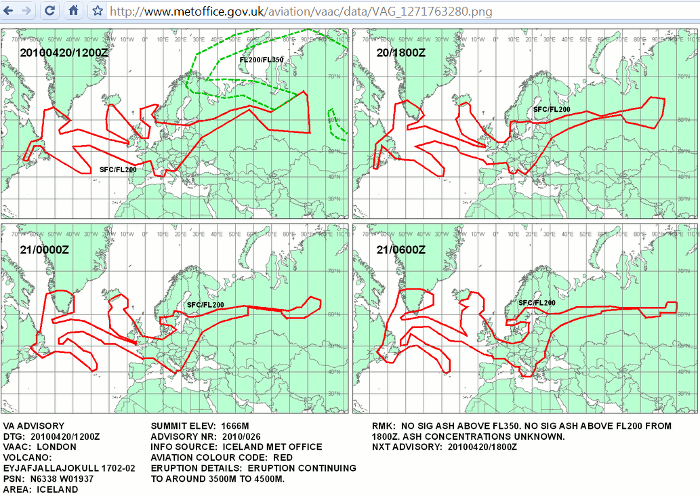
The Guardian news blog has updated daily blog postings of all news concerning the volcano and its impact on travel. Today’s posting is at http://www.guardian.co.uk/world/blog/2010/apr/20/iceland-volcano-ash-flights-eruption.
And finally, there are some spectacular and beautiful photographs at “More from Eyjafjallajokull” http://www.boston.com/bigpicture/2010/04/more_from_eyjafjallajokull.html
